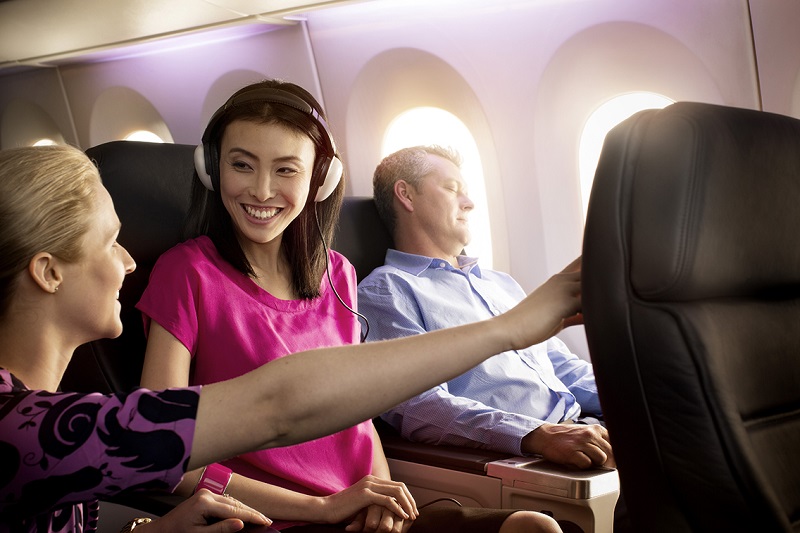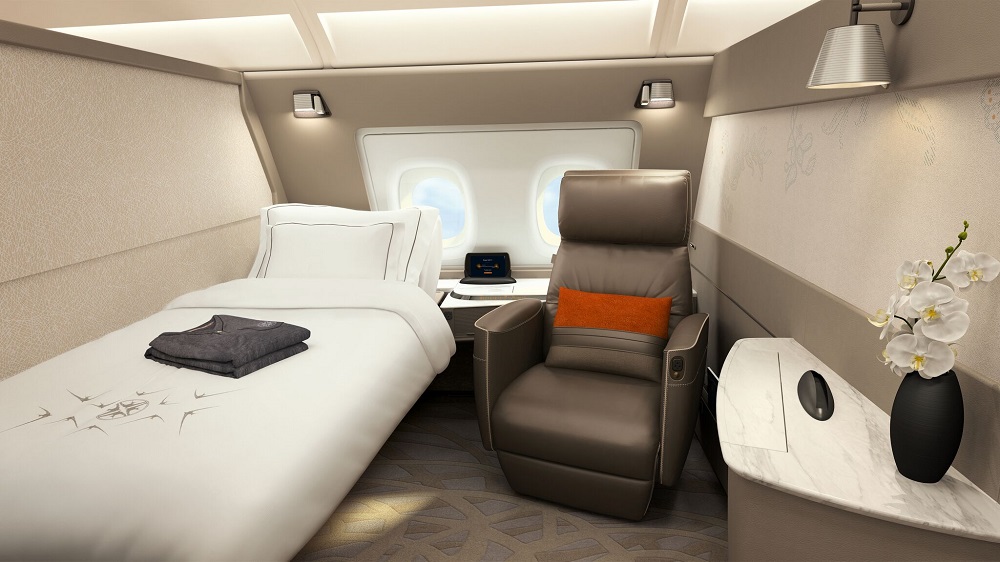Aviation
These are the world’s ‘most excellent’ airlines for 2020

These are the world’s ‘most excellent’ airlines for 2020, according to AirlineRatings.com
The world’s best airlines for 2020 have been named by AirlineRatings.com, the world’s only safety and product rating website, and the airline of the year is Air New Zealand.
The kiwi airline just nudged out Singapore Airlines, last year’s winner, ANA, Qantas and Cathay Pacific.
Air New Zealand is being honoured for the sixth time for its record-breaking performance, multi-award-winning in-flight innovations, operational safety, environmental leadership and motivation of its staff. These factors have stamped the airline as a clear industry leader.
The AirlineRatings.com Airline Excellence Awards, judged by seven editors with over 200 years’ industry experience, combines major safety and government audits, with 12 key criteria that include: fleet age, passenger reviews, profitability, investment rating, product offerings, and staff relations.

Airline Ratings Editor-in-Chief Geoffrey Thomas said: “In our analysis, Air New Zealand came out number one in most of our audit criteria, which is an outstanding performance when it’s up against carriers with more resources and scale on this same list of best airlines for 2020.
“Air New Zealand’s commitment to excellence in all facets of its business starts at the top with outstanding governance and one of the best executive teams in aviation through to a workforce that is delivering consistently to the airline’s strategy and customer promise.”
AirlineRatings.com’s top 10 airlines for 2020
1. Air New Zealand
2. Singapore Airlines
3. All Nippon Airways
4. Qantas
5. Cathay Pacific
6. Emirates
7. Virgin Atlantic
8. EVA Air
9. Qatar Airways
10. Virgin Australia
The AirlineRatings.com Airline Excellence Awards, judged by seven editors with over 200 years’ industry experience, combines major safety and government audits, with 12 key criteria that include: fleet age, passenger reviews, profitability, investment rating, product offerings, and staff relations.

Airline Ratings Editor-in-Chief Geoffrey Thomas said: “In our analysis, Air New Zealand came out number one in most of our audit criteria, which is an outstanding performance when it’s up against carriers with more resources and scale on this same list of best airlines for 2020.

“Air New Zealand’s commitment to excellence in all facets of its business starts at the top with outstanding governance and one of the best executive teams in aviation through to a workforce that is delivering consistently to the airline’s strategy and customer promise.”
Qantas, won Best Domestic Airline Service and Best Lounges.
Virgin Australia won Best Cabin Crew and Best Economy Class, Emirates; Best In-Flight Entertainment, Cebu Pacific; Most Improved Airline and VietJet Air; Best Ultra Low-Cost airline.
Excellence in Long Haul travel: Delta Air Lines (Americas), Lufthansa (Europe), Emirates (Middle-East/Africa) Cathay Pacific Airways (Asia)
Best Low-Cost Airline; JetBlue (Americas), Wizz (Europe) Air Arabia, (Middle-East Africa) and AirAsia / AirAsia X (Asia/Pacific).
AirlineRatings.com also named its Top Twenty Airlines:
Air New Zealand, Singapore Airlines, All Nippon Airways, Qantas, Cathay Pacific, Emirates, Virgin Atlantic, EVA Air, Qatar Airways, Virgin Australia, Lufthansa, Finnair, Japan Airlines, KLM, Korean Airlines, Hawaiian Airlines, British Airways, Alaska Airlines, Delta Air Lines and Etihad Airways.
About AirlineRatings.com: http://www.airlineratings.com/about-us.php

Aviation
COMAC Unveils Plans for the C929 to Rival Airbus and Boeing

After the success of China’s first C919 aircraft, the country is setting its sights on developing a larger plane. COMAC (Commercial Aircraft Corporation of China) has officially confirmed plans to build a widebody aircraft, marking a significant step in its aircraft lineup.
Traditionally, Airbus and Boeing dominate the widebody aircraft market, with decades of expertise in developing planes and engines capable of carrying heavy payloads. China, which currently relies on imported engines, is now aiming to challenge these giants with its own widebody jet, the C929, designed to compete with the Airbus A350 and Boeing 777.
American Airlines Is Looking for Flight Attendants: Apply Now
The C929 will be China’s first independently developed long-range widebody aircraft. It adheres to international airworthiness standards and boasts independent intellectual property rights. The baseline version is designed to seat 280 passengers and offers a range of 12,000 kilometers, catering to global demand for both regional and international air travel.
Russia, which also needs reliable narrowbody and widebody aircraft, could become a key customer for the C929. Additionally, China plans to target the broader Asian market as it continues to expand its aviation capabilities.
Close Call at Heathrow: BA Flight Narrowly Escapes Drone Collision
China’s aviation progress includes the ARJ21 (now called C909), a regional jet with 100 seats for shorter routes, and the C919, a narrowbody jet with 180 seats designed to rival the Boeing 737 MAX and Airbus A320. Both models have found increasing demand in the domestic market.
At China’s largest air show in Zhuhai, COMAC announced that Air China will be the launch customer for the C929 widebody jet, though details about order size and delivery timelines were not disclosed.
Other major deals announced by COMAC include:
- Hainan Airlines: Firm orders for 60 C919 and 40 C909 regional jets.
- Colorful Guizhou Airlines: 30 C909 jets, with 20 firm orders and 10 provisional agreements.
The C929, renamed from the CR929 after Russia withdrew from the joint development project in 2023, is expected to carry 280–400 passengers with a range of 12,000 kilometers, competing directly with Boeing’s 787 Dreamliner.
According to COMAC’s deputy general manager, Tong Yu, the first fuselage section of the C929 is expected by September 2027, with prototype test flights anticipated soon after.
-

 Aviation2 months ago
Aviation2 months agoMicrosoft Flight Simulator Raises $3 Million to Bring Back the An-225 Mriya
-

 Airlines2 months ago
Airlines2 months agoQantas Engineers Stage Walkout Over Cost of Living Concerns
-

 Airlines2 months ago
Airlines2 months agoQatar Citizens Can Travel to the United States Without a Visa
-

 Aviation2 months ago
Aviation2 months agoQatar Airways bans these new Electronic Devices on plane
-

 Airlines2 months ago
Airlines2 months agoJapan Airlines Rolls Out Free Domestic Flights to International Passengers
-

 Defence2 months ago
Defence2 months agoWhich Country Has the Largest Fleet of Fighter Aircraft?
-

 Airport2 months ago
Airport2 months agoWestern Sydney Airport Welcomes Its First Plane After 6 Years of construction
-

 Aviation2 months ago
Aviation2 months agoDid you know ? Once Boeing 747 carried 1088 passenger in 1991








